Results
-
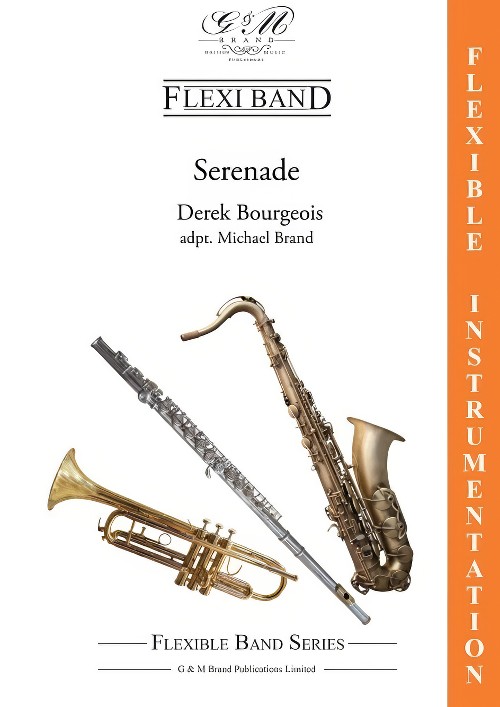 £45.00
£45.00Serenade (Flexible Ensemble - Score and Parts) - Bourgeois, Derek - Brand, Michael
Derek Bourgeois wrote this Serenad for his own wedding, to be played by the organist as the guests left the church ceremony. Not wishing his wife and guests to process out in an orderly 2/4, he surprised everyone by starting the piece in 11/8 and in case anyone began to feel too comfortable, he chaged to 13/8 in the middle! The work has now been released in a number of different orchestration and this one for 6 Part Flexible Ensemble will hopefully enable a greater number of ensembles and audiences to enjoy this delightful and popular miniature. Duration: 3.00
Estimated dispatch 7-14 working days
-
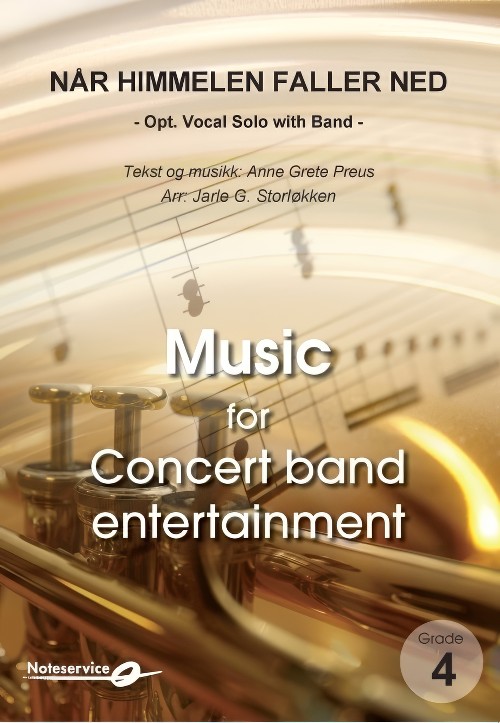 £91.00
£91.00Nar Himmelen Faller Ned (Optional Vocal Solo with Concert Band - Score and Parts) - Preus, Anne Grethe - Storlokken, Jarle
Nar himmelen faller ned (When the sky falls down) is the most famous song by Norwegian singer/songwriter Anne Grete Preus (1957-2019). It was released as single record in 1998 and included on the "Best of" collection "Mosaikk - 16 biter" later the same year. The song was also one of her very first hits as a solo artist. Her great career included many prestigious awards. Most notably are the "Spellemannsprisen" (the Norwegian Grammy) which she won several times. This arrangement was originally written for Preus herself as vocal soloist with Concert Band. In this reworked version, the vocal solo part can be omitted as the melody is spread out in the various band parts. Duration: 4.15
Estimated dispatch 7-14 working days
-
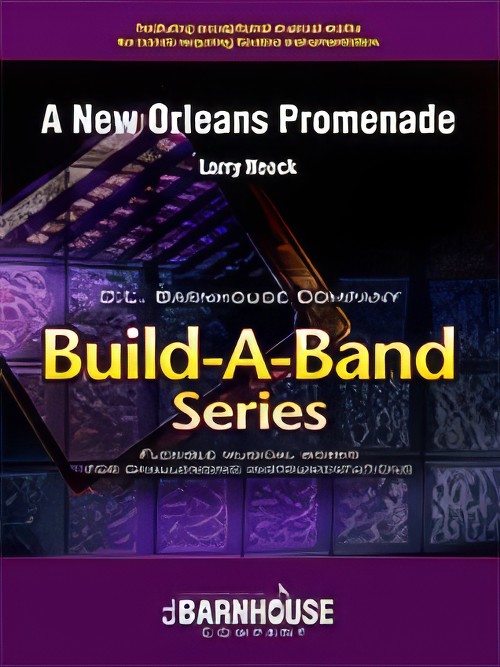 £60.00
£60.00A New Orleans Promenade (Flexible Ensemble - Score and Parts) - Neeck, Larry
A New Orleans Promenade is fun-filled from start to finish! This unique medley, arranged in traditional New Orleans Jazz style, consists of three classic songs, "What A Friend We Have In Jesus," "St. Louis Blues," and "When The Saints Go Marching In." To spice things up even more, an optional jazz combo can be featured as part of the ensemble. This cheerful, engaging arrangement will provide a treat for your students and audience alike. Great fun, and excellent for small groups and distance learning! Duration: 4.50
Estimated dispatch 7-14 working days
-
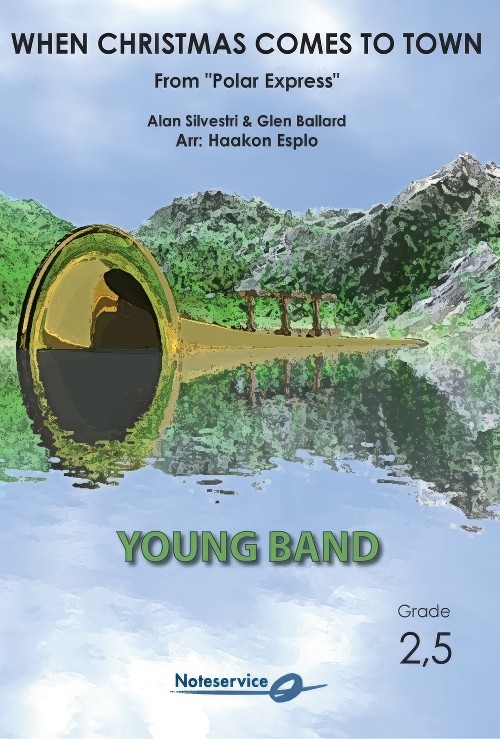 £83.90
£83.90When Christmas Comes to Town (from The Polar Express) (Concert Band - Score and Parts) - Ballard & Silvestri - Esplo, Haakon
When Christmas Comes to Town is one of many great songs from the movie The Polar Express from 2004. The animated film has become a tradition to see every Christmas for many children and families. The music is written by Glen Ballard and Alan Silvestri who have received several awards for their music for The Polar Express. The beautiful When Christmas Comes to Town will appeal to the audience and should certainly be part of the regular Christmas repertoire of your band. Duration: 4.00
Estimated dispatch 7-14 working days
-
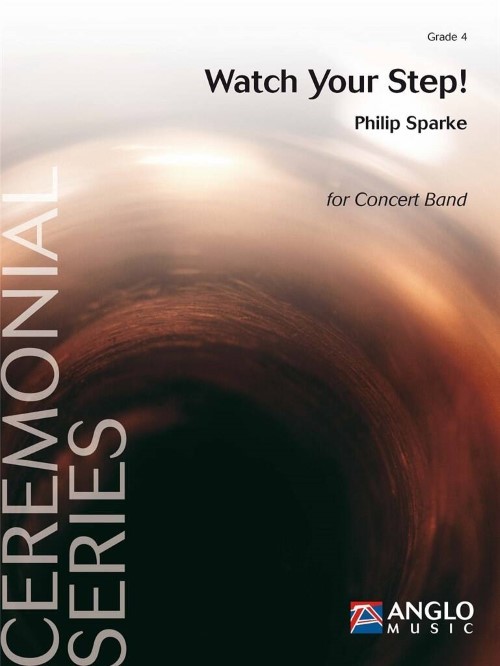 £99.99
£99.99Watch Your Step (Concert Band - Score and Parts) - Sparke, Philip
Watch Your Step! was commissioned by Stadtmusik Biel from Switzerland and is dedicated to the mayor of Biel/Bienne, Erich Fehr. The title was chosen to represent Biel as the watch-making capital of Switzerland. Watch Your Step! is one part of a series of 'up tempo' Sparke marches such as Slipstream, The Bandwagon and Jubiloso. After a bright opening, a syncopated first theme is played, firstly by clarinets and saxophones, and then by the full band. A 'bass strain' is followed by a contrasting second subject, which is played twice. The bass melody returns to herald a truncated version of the main theme, before the opening fanfare reappears as a coda.Duration: 4.30
Estimated dispatch 7-14 working days
-
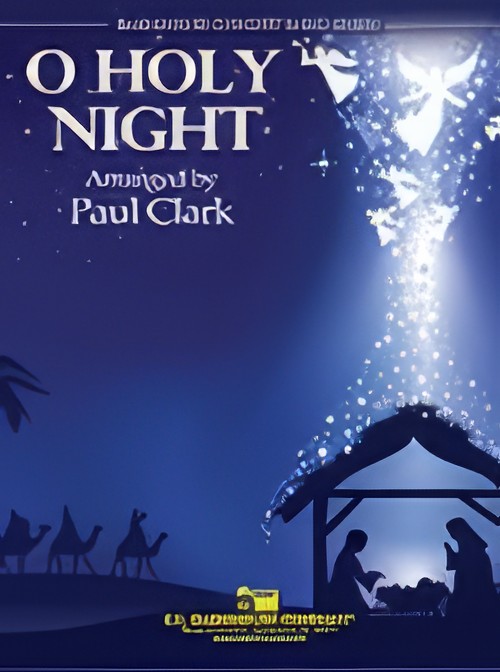 £68.00
£68.00O Holy Night (Concert Band - Score and Parts) - Clark, Paul
Perfectly combining both the reverent serenity and also the emotional qualities of "O Holy Night," this exceptional Paul Clark arrangement will be the highlight of your holiday concert! Starting simply, this setting slowly builds to a strong full ensemble, and ends as quietly as it began. This beautiful rendition of a beloved holiday classic will bring back fond memories of Christmas past, as well as being a wonderful part of Christmas present for your audiences and performers. Superb! Duration: 4.15
Estimated dispatch 7-14 working days
-
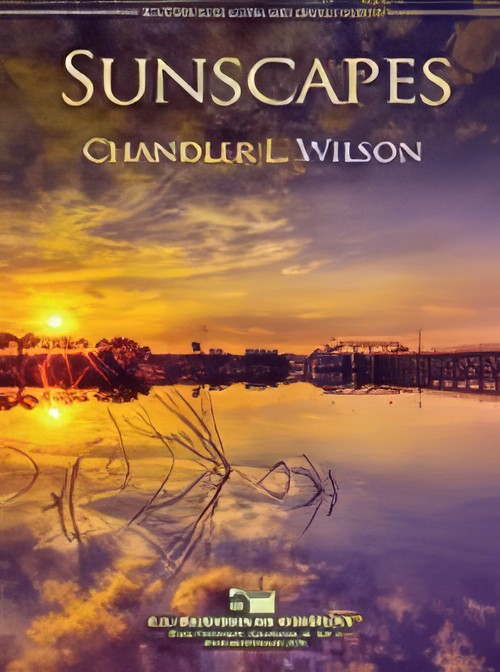 £84.00
£84.00Sunscapes (Concert Band - Score and Parts) - Wilson, Chandler L.
This exciting work depicts the lively and sunny nature of the state of Florida. Opening with a brilliant and majestic section highlighting the state's bright and vibrant culture, a flowing melody follows, representing the calming winds and consistent breeze of the state. Dance is a large part of Florida's culture, especially in its southern region, and the 7/8 rhythm captures an Afro-Latin style dance movement. The chorale/hymn section is based on the "Florida Song," which is a traditional school song of many schools, including Florida A&M in Tallahassee. The work then recapitulates and moves toward a driving and joyful conclusion. An excellent contest/festival work! Duration: 4.45
Estimated dispatch 7-14 working days
-
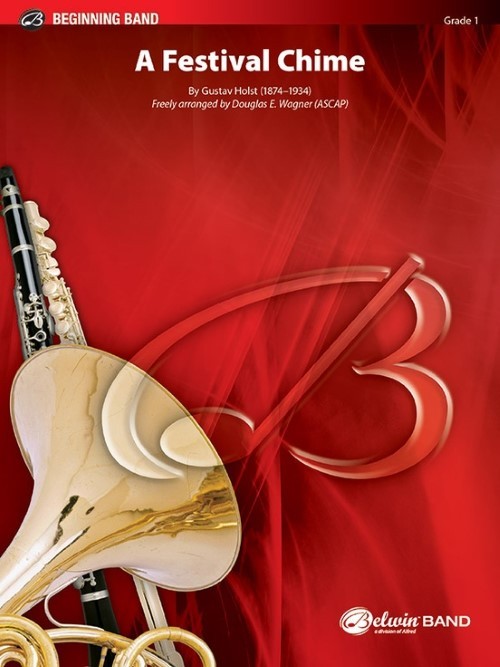 £51.50
£51.50A Festival Chime (Concert Band - Score and Parts) - Holst, Gustav - Wagner, Douglas E.
The third movement of Opus 34 (Three Festival Choruses), which Gustav Holst penned in 1916, was originally scored for chorus with piano, orchestra, or military band. The easily recognized melody is a nineteenth century Welsh ballad, known to most as the hymn tune "St. Denio," set to the words of English poet, Clifford Bax. In 3/4, this characteristically delightful Holst theme has been freely arranged to incorporate elements of his original score with additional material included to heighten musical interest for contemporary concert bands and audiences alike. As the title implies, chimes are an integral part of this arrangement; however, there are alternate options provided in the program notes if a suitable instrument is unavailable. This musical setting is complete with a variety of teaching and performance opportunities and a perfect fit for beginning concert bands. Duration: 2.00
Estimated dispatch 7-14 working days
-
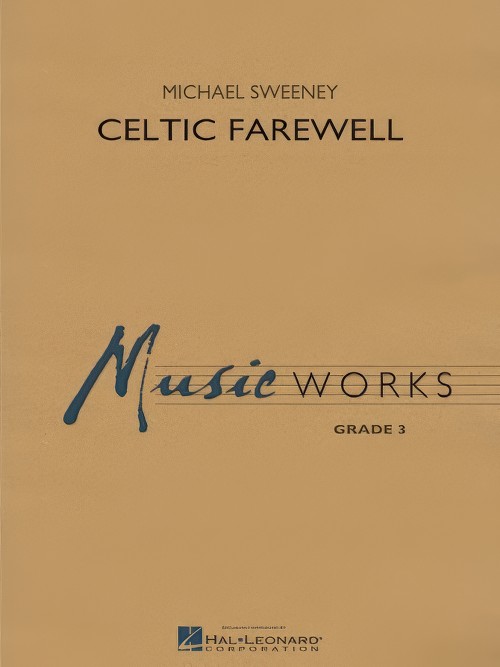 £64.99
£64.99Celtic Farewell (Concert Band - Score and Parts) - Sweeney, Michael
Music has power to help us heal and cope with the loss of loved ones. Using the beloved traditional Scottish ballad, The Parting Glass, combined with an original new melody, here is a beautifully paced and sensitive musical memorial with a Celtic flavor. A key element of this work is the use of Highland bagpipes. If a pipe player is not available, this part is cued in multiple parts throughout the band (or use a synthesizer with bagpipe patch). A moving tribute for any memorial.Duration: 4:30
Estimated dispatch 7-14 working days
-
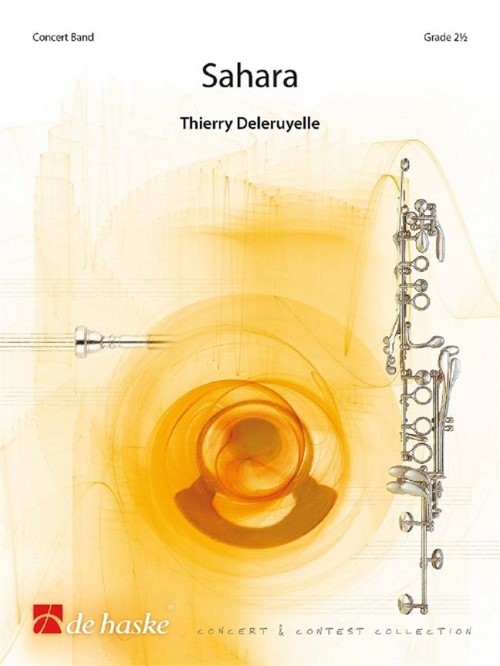 £72.99
£72.99Sahara (Concert Band - Score and Parts) - Deleruyelle, Thierry
Sahara takes you on a journey to the largest desert in the world. Located in the north of the African continent, it covers eight million square kilometres and spreads across ten nations. The work describes the various landscapes that the Sahara has to offer, using different instrumental groups to underline different characteristics. Both an intense rhythmic passage with lots of percussion, as well as a chorale part with beautiful brass segments, make this a wonderful yet challenging piece. It also allows you to work on different technical aspects with your band and is suitable for a concert or a contest. Duration: 4.00
Estimated dispatch 7-14 working days
